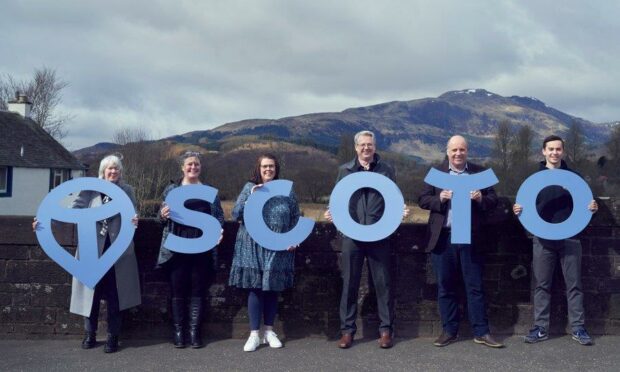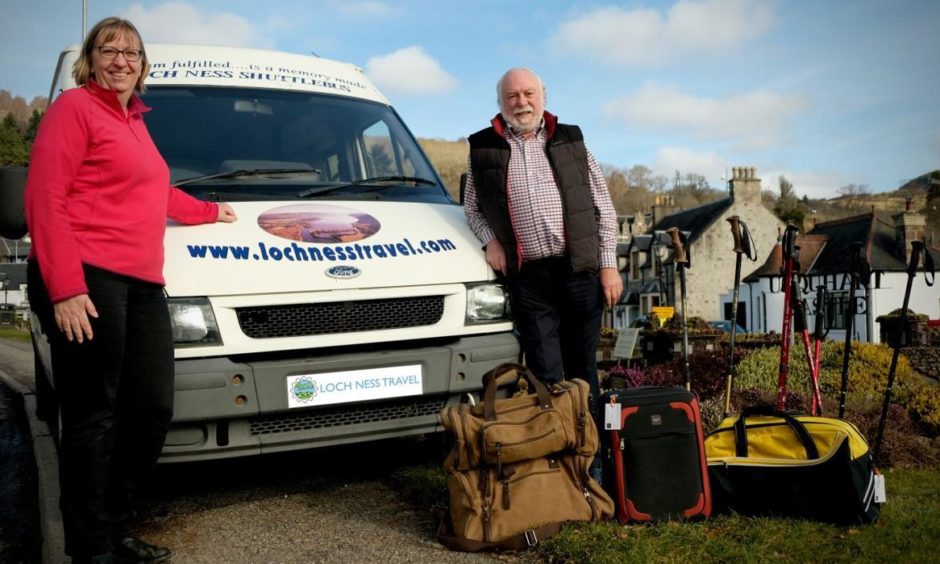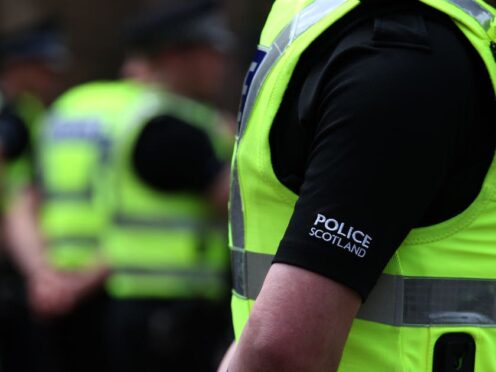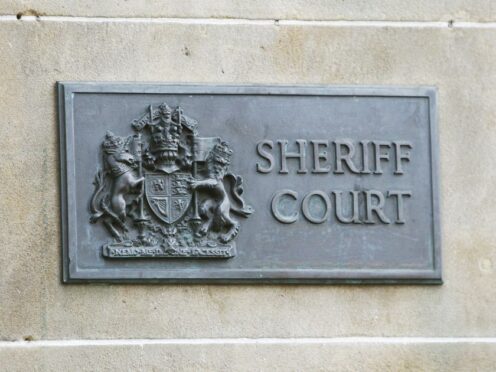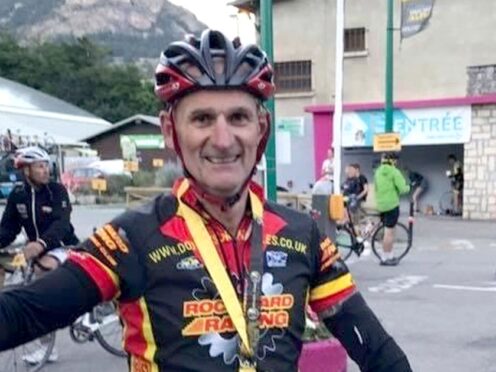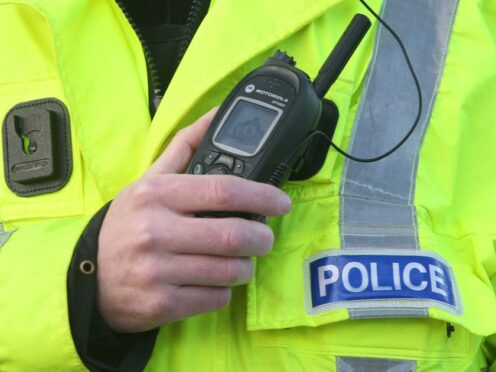A new organisation that aims to bring community tourism to the fore in Scotland has been launched today.
Scoto – Scottish Community Tourism – hopes to be a network for collaboration and learning as well as being a voice for Scottish community tourism.
Speaking on BBC Radio Scotland’s Good Morning Scotland chairman Russell Fraser said the organisation hoped to “inspire socially conscious travellers”.
He said: “We are here to highlight the places to visit and stay that are owned by the community.
“While community ownership is not new, it is starting to be recognised.
Community ownership is starting to be recognised
“In a lot of cases the community will own a community asset, maybe through a transfer from the local authority – such as the former Visit Scotland visitor centres – that are now community hubs.
“Scoto is about the experience we want visitors to come to the community and to see the area through the eyes of the community.
“This will give them a richer and greater experience of the area that they are coming to visit.”
Tourists are beginning to return
Mr Fraser, who is part of the team behind the Loch Ness Hub – a group that took a number of assets and businesses into community ownership, said that after the pandemic, “numbers of visitors were increasing”.
He wants to see the tourism pound spent with community organisations.
On social media, the group said: “Scoto is officially launching today. (It) wants tourists to make a conscious choice to seek out place in Scotland to visit offered by companies owned and managed by the local community where every pound spent is reinvested in local priorities.”
Marc Crothall, chief executive of Scottish Tourism Alliance, said: “Supporting, encouraging and enabling more community led tourism is a key aim set out in our national tourism strategy Scotland Outlook 2030. The formation of Scoto is very timely as we recover from the pandemic and the tourism sector starts to get moving again.
“Community-led tourism will not only help drive greater economic benefit to the local economies but it will also deliver the real authentic memorable experiences that we know the future visitor is seeking. It is also through our communities, supporting local businesses and procuring from the local supply chain that will also help set Scotland apart from its competitors and together with the wider sector achieve our national ambition of being world leaders in 21st century tourism.”
Scoto members are from across Scotland including the Loch Ness Hub which has developed a community visitor centre, a community baggage transport scheme, community toilets and a craft trail among its projects.
